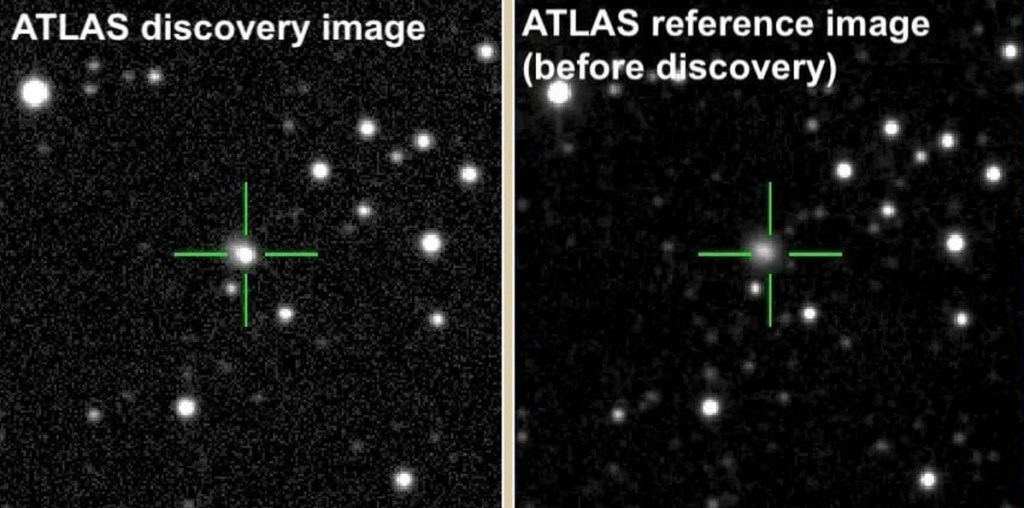When a brilliant, bewildering celestial body flashed into being in a nearby galaxy last summer, it transfixed the entire astronomy community.
No one had ever witnessed anything like it. Over the course of just a few days, the cosmic flare grew until it was almost 100 billion times brighter than the sun. Soon after the sighting was reported, scientists were observing it in every wavelength of the electromagnetic spectrum.
Yet even after those hundreds of hours of effort, the signal defies easy explanation – posing the tantalizing possibility that astronomers have detected something entirely new.
In published studies and presentations Thursday at the winter meeting of the American Astronomical Society in Seattle, scientists debated what astrophysical phenomenon could be behind this puzzling flare.
Several research teams argue that it may come from the birth of a black hole or a collapsed star. Only an incredibly dense object shining through a cloud of stellar debris could power such a fast and brilliant signal, these scientists say.
Still others argue the flare was emitted by a star in its death throes as it was devoured by a black hole.
Events like this one “are new frontiers for discovery,” said Northwestern University astrophysicist Rafaella Margutti, who led research suggesting the flare comes from a newborn black hole. Whatever the origins of this signal, studying it – and finding more – could allow scientists to probe the universe’s most exotic locales where the laws of physics are pushed to their extremes.
The June 16 detection came from Hawaii’s ATLAS telescope, which surveys the night sky for supernovas and other powerful, short-lived phenomena.
These events, known as “transients,” typically take a few weeks to reach full brightness. But this flare unfolded even faster. By day three, it was about 10 times as bright as a standard exploding star, and sent a shock wave zooming outward at 20,000 miles a second – 10 percent of the speed of light.
An urgent message was posted on the Astronomer’s Telegram, an online service for astronomers to report interesting observations.
Copy the Story LinkSend questions/comments to the editors.



Success. Please wait for the page to reload. If the page does not reload within 5 seconds, please refresh the page.
Enter your email and password to access comments.
Hi, to comment on stories you must . This profile is in addition to your subscription and website login.
Already have a commenting profile? .
Invalid username/password.
Please check your email to confirm and complete your registration.
Only subscribers are eligible to post comments. Please subscribe or login first for digital access. Here’s why.
Use the form below to reset your password. When you've submitted your account email, we will send an email with a reset code.